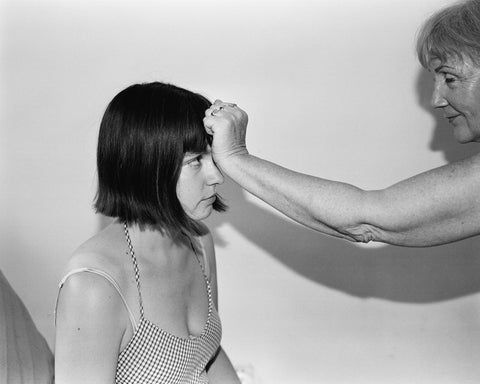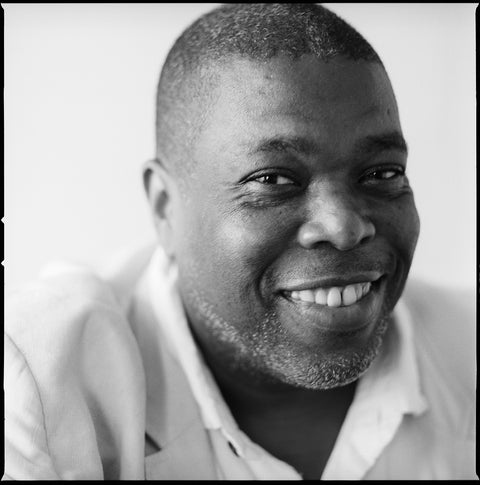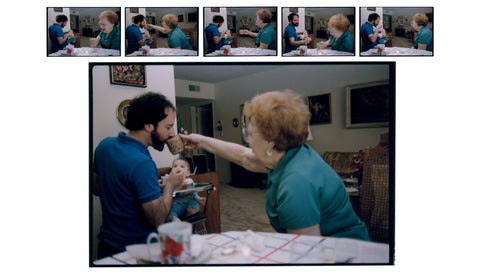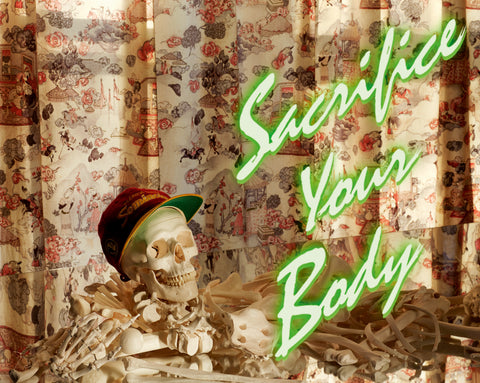Blog

Stephen Shore has in a sense been practicing—and practicing for—the series of photographs collected in this book throughout his whole career. His engagement with the built landscape of the United States began in the late 1960s.




Manfredo Tafuri’s guide to modern architecture in Japan was published in 1964, when he was twenty-nine years old. He wrote the book during a period of transition, from being a young architect and writer in Rome to becoming a historian of architecture in Venice, where he would eventually assume the chair of architectural history at IUAV, the university’s institute for architecture.

Photography has changed memory, forming a double to the storehouse of the mind. It is hard to remember anything in the day and age of the personal digital archive, which holds on to everything, as if we had all become hoarders. We keep things in order to more easily forget them, assured that they are tucked away in our basement or in the cloud. But if psychoanalysis is right, this only serves the purposes of resistance, giving repression more mojo.



